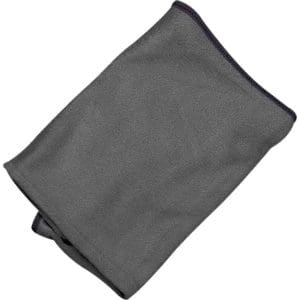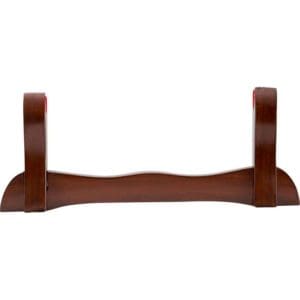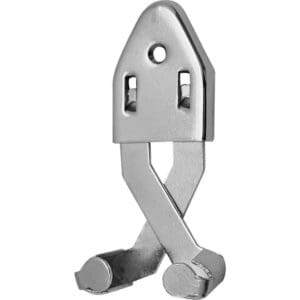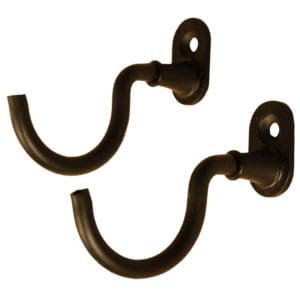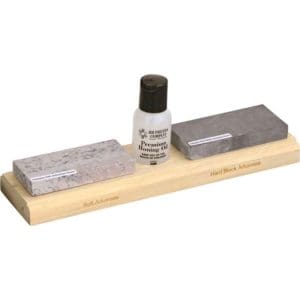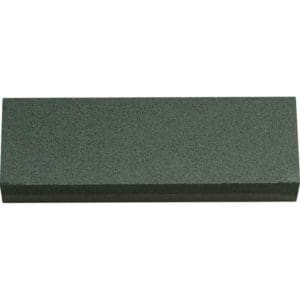Sword Care & Maintenance

Sword Care and Maintenance
Have you ever wondered how to take care of a sword? If you want to become a modern knight, it would be helpful to know how to clean and maintain your sword collection. We are here to help you learn the ins and outs of sword care.
No matter if you have a functional, decorative, high-carbon steel, or stainless-steel sword, there are some maintenance tips that work for all swords and can even be used for other bladed weapons as well. Regardless of what kind of sword you have, you will want to keep it clean and free of chemicals or abrasives. Many chemicals can etch or eat away at the metal over time, and this can theoretically include even the oils in fingerprints. Etching from fingerprints takes longer than other chemicals but it is something to keep in mind.
Cleaning a Sword
So how do you clean a sword? Well to start with, all metal parts of your sword, including any wire-wrapped handles, should always be covered with a light coating of oil to prevent rust. Your sword will come to you with a good coat of oil to protect the blades while they are in transport across the ocean. You can remove these coatings with the use of a good solvent such as lacquer thinner or mineral spirits. Lacquer thinner is preferred over other solvents such as paint thinner, alcohol, or acetone.
Mainly, you will want to avoid using soap and water for cleaning, just like you would for a piece of steel armour. Instead, you will want to focus on using specialty polishes or cleaners designed for metal. We offer a variety of different metal cleaners.
Cleaning with Cloths
Whichever cleaner or solvent you choose, you will want to use a micro-fiber cloth so that you reduce the possibility of scratching the metal. Keep in mind that if you already have an abrasive such as sand or grit on the blade from a battle, you will want to carefully remove that first before you start wiping on the cleaner. When you go to wipe on the cleaner, wipe along the length of the blade, rather than the width, as it is far easier. It is also far safer on sharpened swords.
You can also wipe it with a silicone coated gun/reel cloth. This type of cloth has less of a tendency for accumulating dust and trapping oxygen, which can cause pitted areas in the blade.
Polishes and Waxes
After cleaning the blade, you will want to add a polish or wax that will help to protect it in the future. Some products will both clean and protect metal. These waxes and polishes will help to keep moisture at bay and therefore reduce the chance of rust or corrosion. You can also use a light coat of oil or a silicone spray. However, do not use vegetable oil as it will go rancid. Lacquering your blade is also possible. Keeping your sword free of moisture is important and a major part of storing your weapon.
-
Sale!
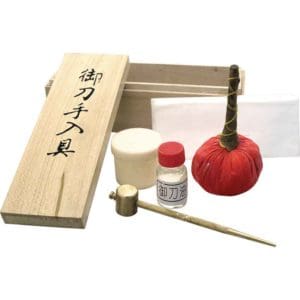 Out of stock
Out of stock
Storing a Sword
Many of our swords will come with a leather or metal scabbard. While it may seem more convenient to keep your sword in its scabbard, that is not what you should do. In fact, you will want to store your sword outside of its scabbard as much as possible, regardless of the blade material. Keeping in its scabbard can trap moisture in with the metal, accelerating any corrosion or rust. In addition, some of the chemicals from tanned leather can react poorly with metal. Instead, you can hang a sword on a sword hanger, rack, or wall plaque depending on your preference. Mainly, you just want to avoid sealing in moisture with the metal and allow it to breathe.
-
Sale!
 Out of stock
Out of stock
Sword Care Depending on the Blade
While the previous tips are general ones that will work for any blade, there are some things to keep in mind depending on the type you have. For example, stainless steel blades will usually require much less maintenance than a carbon-steel or high-carbon steel sword. They are less prone to rust. However stainless steel can still experience corrosion, especially if it comes in contact with harsh chemicals repeatedly. In addition, as stainless-steel swords are usually decorative, they will also often have blunt blades and will not need nor allow for sharpening.
Sword Care for High-Carbon Steel and Functional Swords
What about high-carbon steel and functional swords? With high-carbon steel swords, you will want to focus more heavily on protecting the blades from moisture. Functional swords can fall into a couple of categories. If the sword is functional for stage combat, then it will likely have a blunted tip and rounded edges. These swords do not need sharpening. However, if it is meant for reenactments or already has an edge, then you will want to maintain its edge.
The most common method is with a sharpening stone. Sharpening stones often either use water or oil to facilitate sharpening but it is not necessarily required. You want to be patient and cautious while sharpening the edge of your blade. This process can take a bit of time to get the angle and sharpness that you want. Some people even find the process of sharpening meditative!
Something to keep in mind with functional swords used in combat is that they may develop nicks and scratches due to battle. This is a natural consequence of using the sword. While sharpening and maintaining your sword regularly can help, it will not necessarily be able to prevent this type of damage to the blade.
Taking Care of the Rest of the Sword
While taking care of the blade is one of the most important parts of sword maintenance, there are also ways to take care of the rest of your sword. This includes the sword hilt and scabbard. Wooden handles may be treated with a light coating of lemon oil or tung oil to help prevent cracking. Meanwhile, leather scabbards and sheaths as well as leather covered handles should be treated with a good paste wax. The scabbard can also be treated with neatsfoot or mink oil for waterproofing, although this is not recommended for gripping surfaces.
Part of becoming a medieval knight or Viking warrior requires taking care of your equipment. Swords are a part of that equation. We hope that this article has helped you get a better idea of how to take care of your favorite sword, no matter if it is functional or decorative. If you would like a visual demonstration, you can check out our video on the topic.



